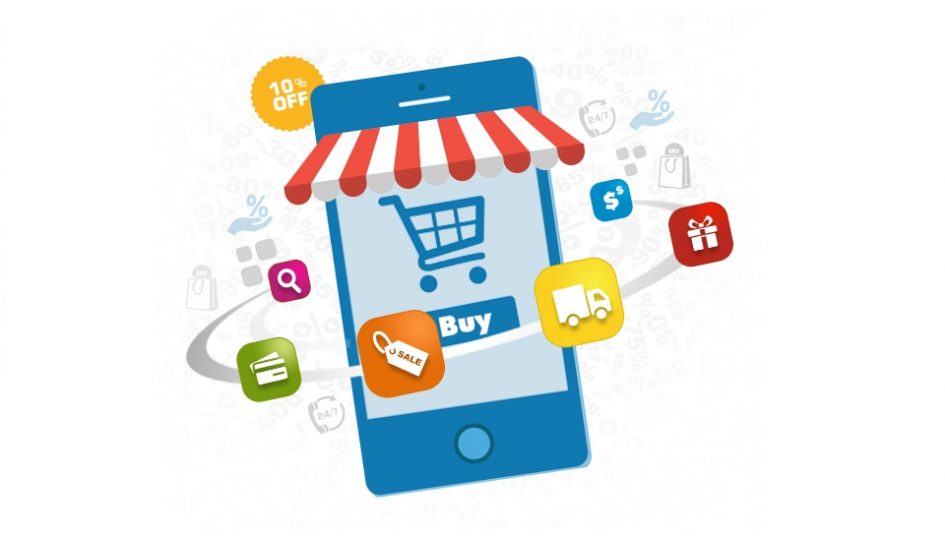Data
Anyone who’s ever bought anything online has participated in e-commerce – commercial transactions via the internet. E-commerce has gained ground against brick and mortar stores for the last decade with mega-giants like Amazon, Ebay and AliBaba driving e-commerce revenues. But as consumer habits continue to evolve, commercial businesses have had to change how they reach their public. With 77 percent of Americans owning a smartphone, the rise of m-commerce (commercial transactions completed on a mobile device) is here.
Mobile is fertile ground for businesses to invest their marketing dollars. If you have any doubts, consider these stats:
- In 2014, m-commerce increased by 47 percent.
- E-commerce was expected to see a 13 percent increase between 2013-2016, while predictions for m-commerce for the same period pointed to a 42 percent growth, over three times more.
- Mobile shoppers bought $19 billion dollars worth of goods and services in 2014. In 2016, they spent an estimated 31 billion (when you consider that e-commerce pulls in a total of 201 billion a year with a 10-12 percent growth rate, it’s easy to see that m-commerce is catching up).
Trends and Improvements
Unlike on desktop, where the focus is on the company’s website, consumers interact with businesses through a number of channels on their mobiles: mobile apps, mobile websites, social media, SMS and more. But all this mobile interaction hasn’t added up to major retail dollars just yet, especially when you compare mobile with desktop purchases. For example, if consumers spend 59 percent of their time on mobile retail sites, that only converts to 15 percent of their retail purchases. While for every 41 percent of the time a customer spends on a desktop retail site converts into 85 percent of their retail purchases.
There are many reasons why mobile hasn’t caught up to desktop sales yet. Many consumers are hesitant to make purchases via mobile for security reasons and high-profile security breaches in 2016 have only increased these fears. Only 14 percent of consumers say they’re “very confident” of the security measures taken by the retailers they do business with to protect their data. In addition, many businesses still fail to make their purchase processes mobile-friendly (shortened forms, auto-fill enabled, security emblems), leading to high abandoned cart rates on mobile retail sites.
Though m-commerce’s heyday hasn’t quite arrived yet, the potential is there. BI Intelligence, a research company owned by Business Insider, predict that by 2020, m-commerce will provide businesses with $284 billion in profits and make up 45 percent of total e-commerce sales in the US. As companies focus on mobile customer experience, fix their security glitches and offer more incentives for consumers to purchase via their mobiles with loyalty clubs and discounts for mobile customers, you can expect to see mobile sales picking up speed any day now.
Tracy Blanchard
Latest posts by Tracy Blanchard (see all)
- Top 10 Creative Marketing Viral Videos - June 21, 2017
- 10 Wonderful Examples of Creative Landpages - June 2, 2017
- 10 Wonderful Examples of Stickers in Marketing - May 24, 2017

 English
English Português
Português Español
Español



